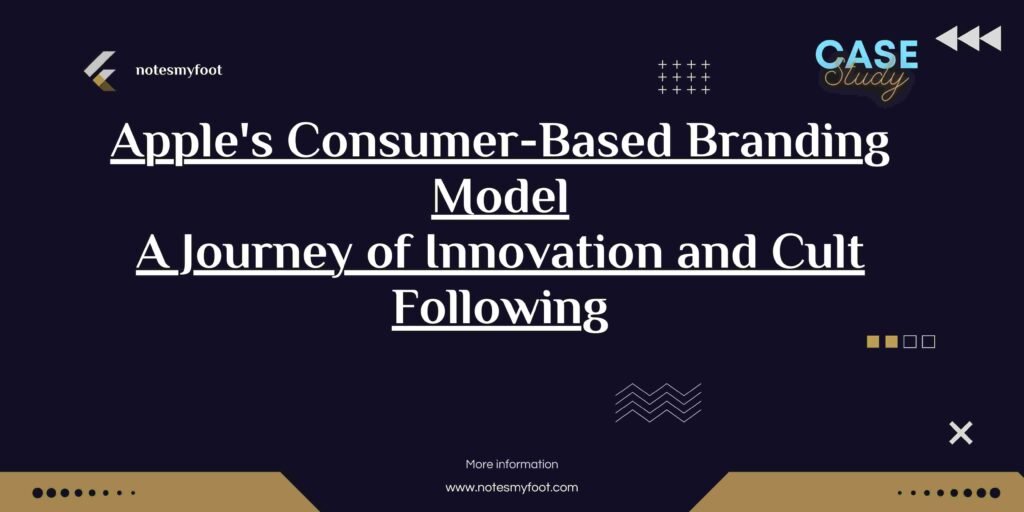
Apple's Consumer-Based Branding Model A Journey of Innovation and Cult Following
Apple, a brand that needs no introduction, has managed to create a cult following among consumers worldwide. This blog post delves into the consumer-based branding model employed by Apple, the role of Steve Jobs in shaping the brand, the significance of innovation, emotional branding, and the high expectations that lie ahead for the company.
Background:
To understand Apple’s success in branding, it is crucial to delve into the company’s history. Founded in 1976 by Steve Jobs, Steve Wozniak, and Ronald Wayne, Apple started as a computer company. However, it quickly evolved into a brand that revolutionized the technology industry and captured the imagination of consumers.
Creation of the Brand:
At the core of Apple’s branding strategy is the relentless focus on delivering high-quality products with a sleek design and user-friendly interface. The company’s commitment to excellence and attention to detail have allowed it to differentiate itself from competitors. Apple’s brand identity revolves around simplicity, elegance, and a dedication to user experience.
Branding "Innovation":
One of the key elements that set Apple apart from its competitors is its relentless pursuit of innovation. From the iconic Macintosh to the revolutionary iPhone and iPad, Apple has consistently pushed the boundaries of technology. This commitment to innovation has not only attracted tech enthusiasts but has also created a sense of anticipation and excitement among consumers.
Emotional Branding:
Apple has mastered the art of emotional branding, creating an emotional connection with its customers. Through carefully crafted marketing campaigns and product launches, Apple taps into the aspirations, desires, and values of its target audience. By positioning its products as tools for self-expression and creativity, Apple has successfully created an emotional bond with its consumers.
The Cult Following:
Apple’s consumer-based branding model has resulted in the creation of a devoted fan base that goes beyond traditional customer loyalty. Apple enthusiasts proudly identify themselves as part of the “Apple ecosystem” and eagerly await new product releases. This cult following has not only contributed to Apple’s market success but has also turned the brand into a cultural phenomenon.
High Expectations Ahead:
Conclusion:
Apple’s consumer-based branding model has proven to be a remarkable success story. By focusing on innovation, emotional branding, and creating a cult following, Apple has solidified its position as one of the world’s most valuable and influential brands. However, the journey is far from over, and Apple must continue to navigate the challenges of maintaining its brand equity while pushing the boundaries of technology. Also get to know about Mercedes-Benz India: Approach to Capturing a Younger Segment case study
